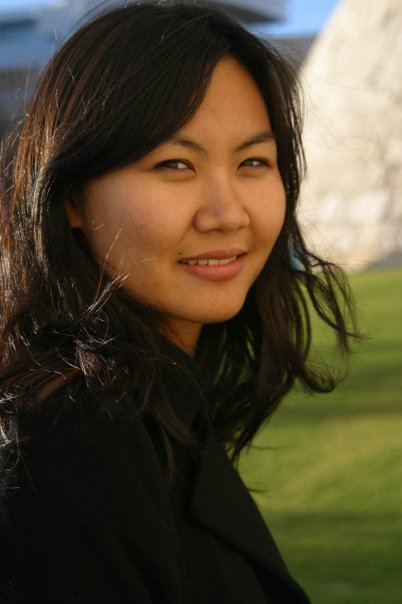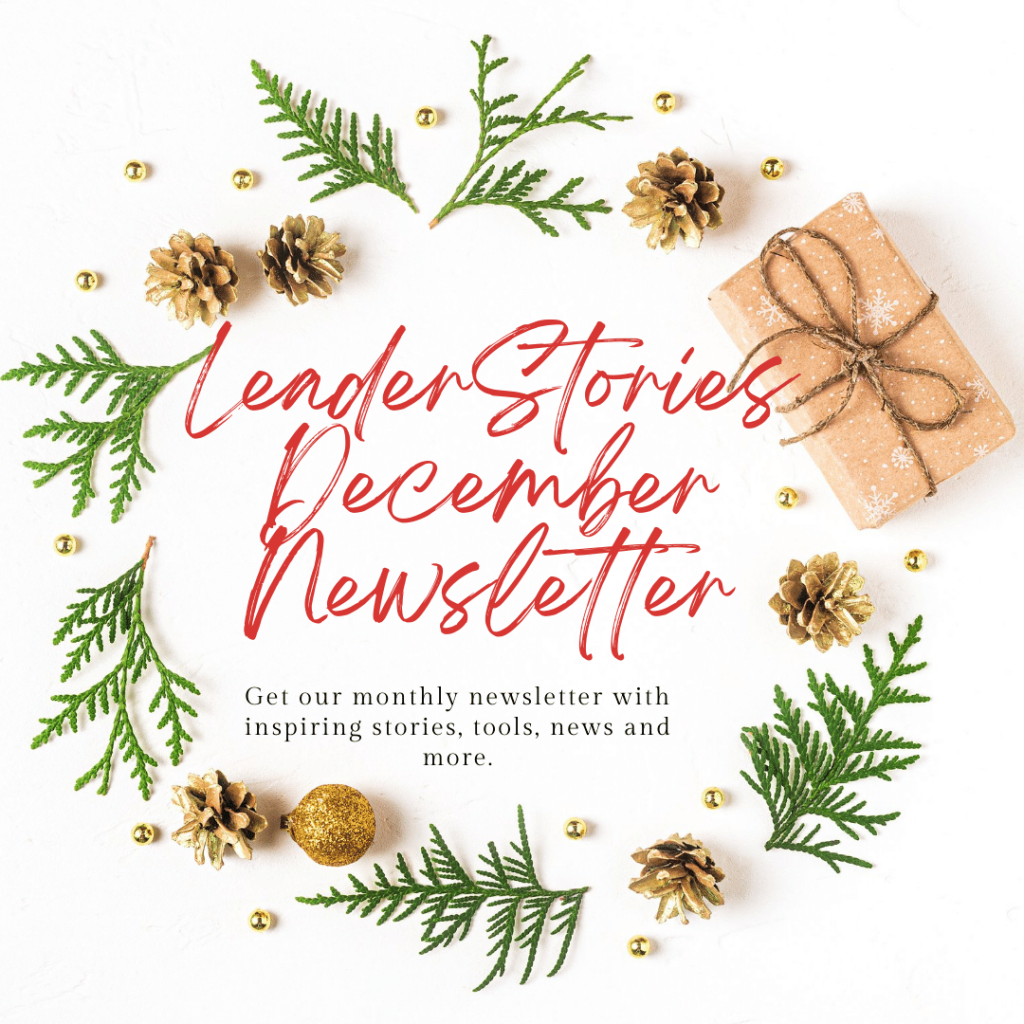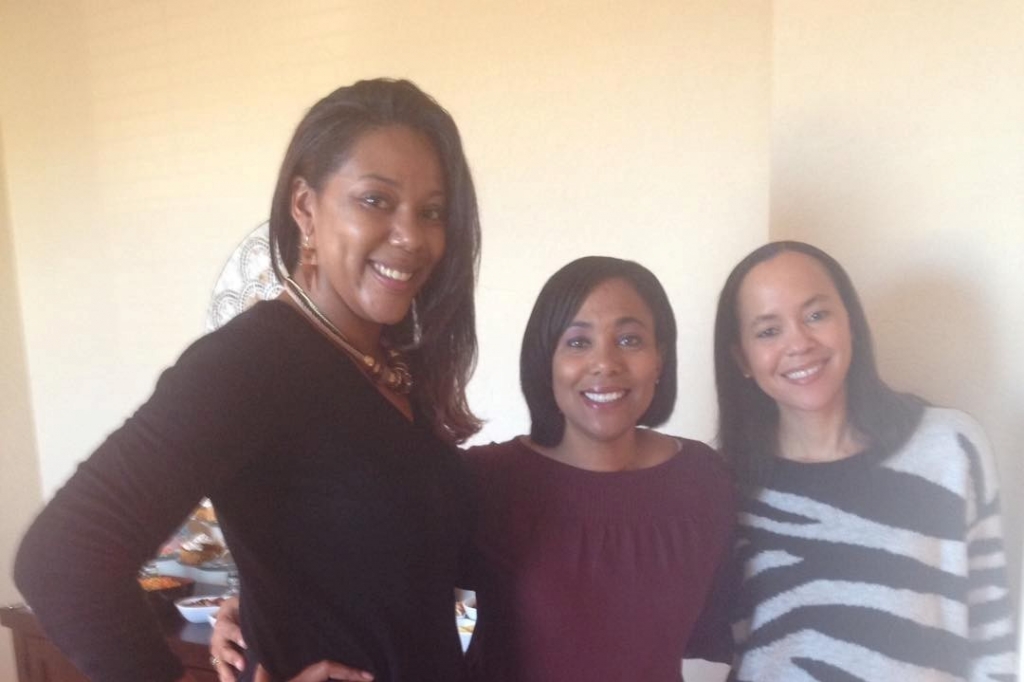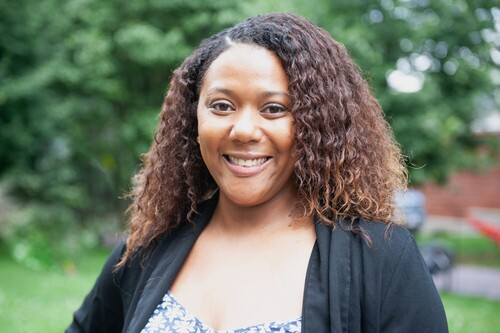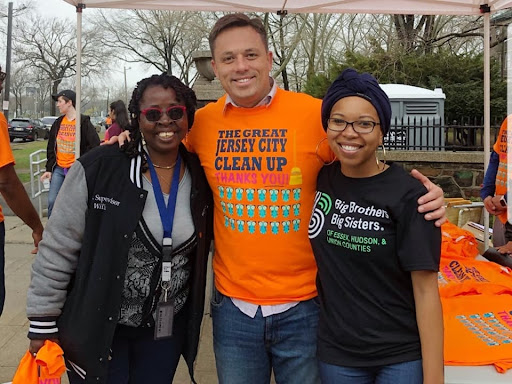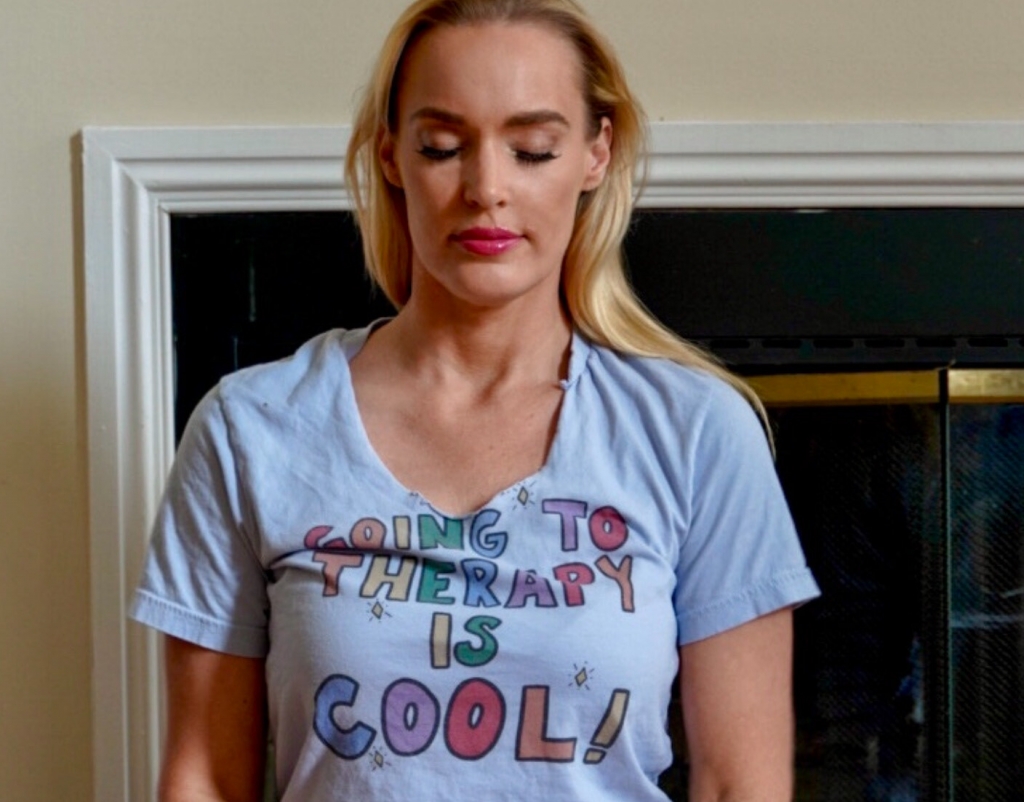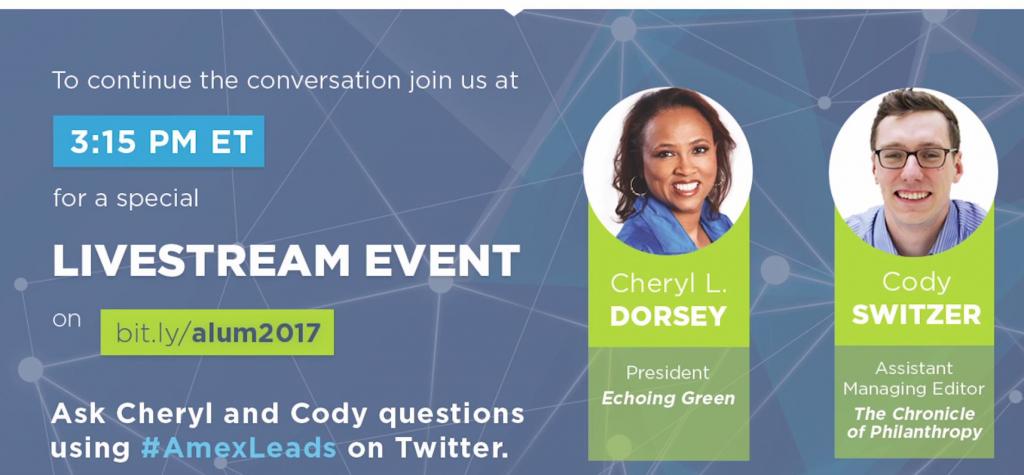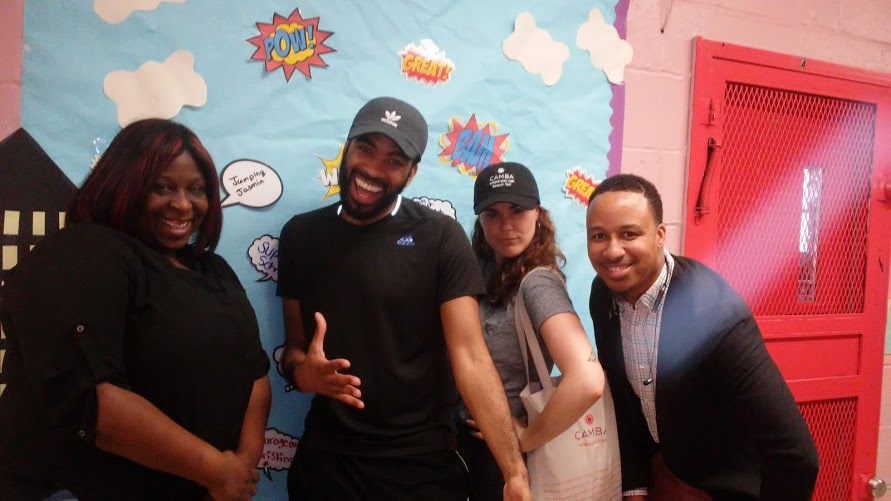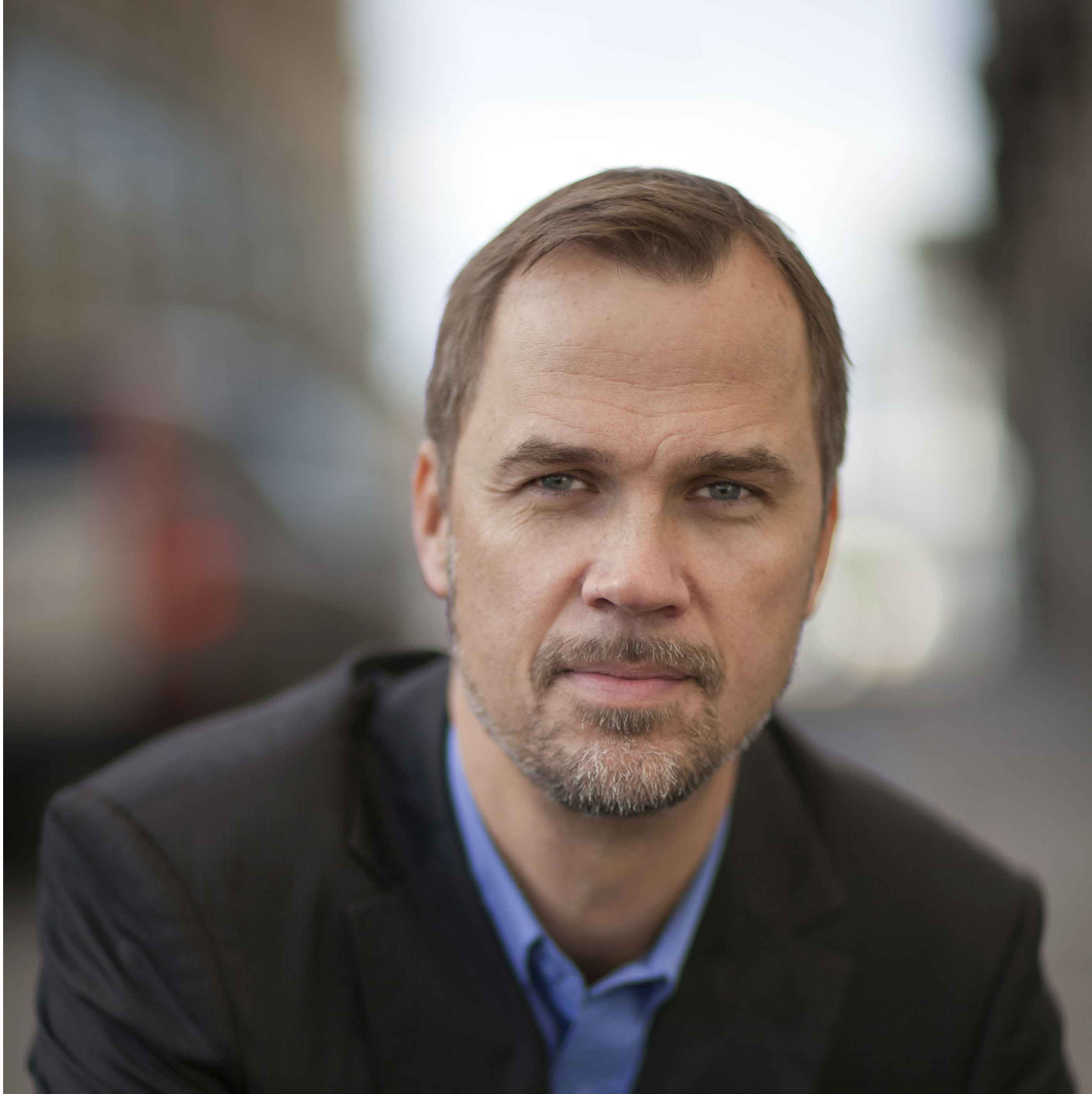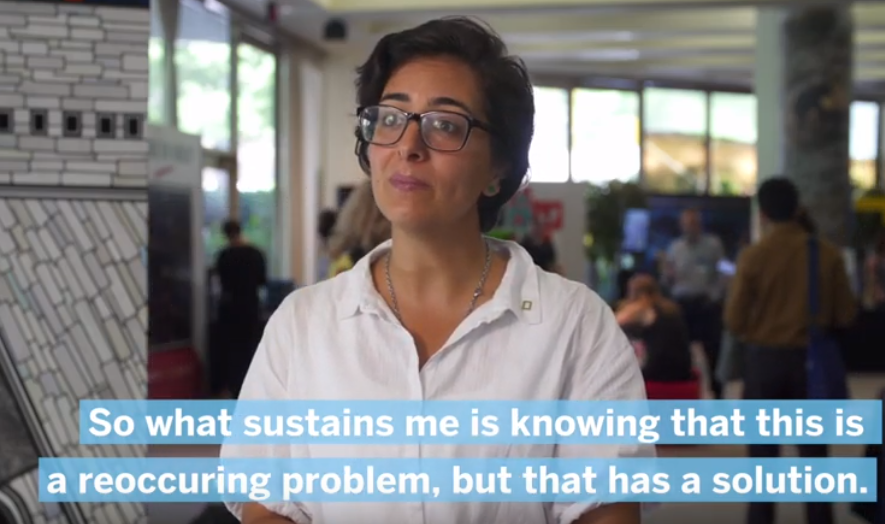Set an intention, emphasize technique, and practice
In yoga class, before the first sun salutation is performed or “om” is chanted, it’s common for teachers to ask you to take time to set an intention for your practice. Then, throughout the practice, they’ll emphasize technique, and ask you to think about how that intention has guided you, motivated you, and inspired you. What made Upswell stand out from a typical conference was that they set an intention, and that seemingly small step made a world of difference.
Setting the Intention
From the start, Upswell set the intention clearly: to build community and collaboration among changemakers. The event stated in the description: “If we could do instead of talk and collaborate instead of compete, imagine the kind of change we could make. That’s what Upswell is about….It’s a chance to make meaning, make community and make a difference. It’s an immersive experience that creates new opportunities for deep and meaningful engagement with changemakers of every kind.”
I started Gladeo because I was passionate about improving equity and diversity in the workforce and fiercely committed to a mission.
When I read that description, I knew that I wanted to participate. Collaboration and community play mission-critical roles in the success of my organization Gladeo, a technology and media non-profit whose free, online “career day” platform for students from diverse backgrounds also serves as a hub to connect those students to existing career resources. I started Gladeo because I was passionate about improving equity and diversity in the workforce and fiercely committed to a mission: to help kids from all backgrounds find inspiration and hope for their futures, to help them be better informed about education and career decisions, and to, ultimately, have thriving careers and lives.
Gladeo has always put mission first, so as we grew, it was important to us to collaborate with schools and nonprofits that were already working with the students that we wanted to serve, and to find ways to leverage, as well as amplify each other’s core competencies whenever possible.
Emphasizing Technique
Good intentions are a great place to start, but more often than not, they’re just not enough. The leaders of Upswell did a remarkable thing by taking an additional crucial step. They set rules. In other words, they emphasized technique and action, and it made all the difference. In his opening remarks, Independent Sector CEO Dan Cardinali laid out the four “house rules” of the event:
-
Be Non-Transactional
-
Learn and Grow
-
Build Connections
-
Give Feedback
Throughout the three days, other attendees and I found ourselves using these rules to guide us through the day.
Social interactions at networking events and conferences can so easily become transactional and oriented around short-term goals and needs. When you’re a social entrepreneur, you’re always being pulled in so many directions that time and resources feel scarce. The week of the Upswell conference was particularly hectic for me. I had been evacuated from my home due to the Woolsey Fire that week, and I could have so easily been distracted while I was at the conference.
Good intentions are a great place to start, but more often than not, they’re just not enough.
I was not, however, distracted - specifically because the intention and technique were thoughtfully set. The environment fostered genuine and meaningful conversations. It helped me stay present, practice active listening, and allowed me to learn and organically meet and develop real relationships with social changemakers from around the world who have authentic desire and passion.
Practicing Collaboration and Community
With an emphasis on practical and actionable strategies, the workshops and sessions at Upswell were an incredible opportunity to practice collaboration and community in real time.
I attended BoardSource President Anne Wallestad’s session “The Secret Sauce of Scaling Through Partnerships,” where I learned strategies on how alliances can be leveraged in a way that strengthens a community’s overall ability to serve its people and needs.
I also attended a session called “Demystifying Nonprofit and Foundation Collaboration,” which was led by Lynn Alvarez (Nonprofit Sustainability Initiative), Dorothy Ho and Julieta Mendez (Foundation Center) and Jennifer Price-Letscher (Ralph Parsons Foundation) where I learned about different types of collaboration examples with case studies and specific tools, resources, programs, and funding to help facilitate collaborative partnerships.
Ultimately, during my time at Upswell, I gained new perspectives, learned new methodologies, and met amazing social changemakers and future collaborators, all thanks to the organizers of Upswell, the session leaders, and my fellow conference attendees.

